A day or two of warm sunshine in early spring makes us all eager to clean up the mess left by winter. We are so ready for spring that we just can’t wait to make our yards neat and tidy.
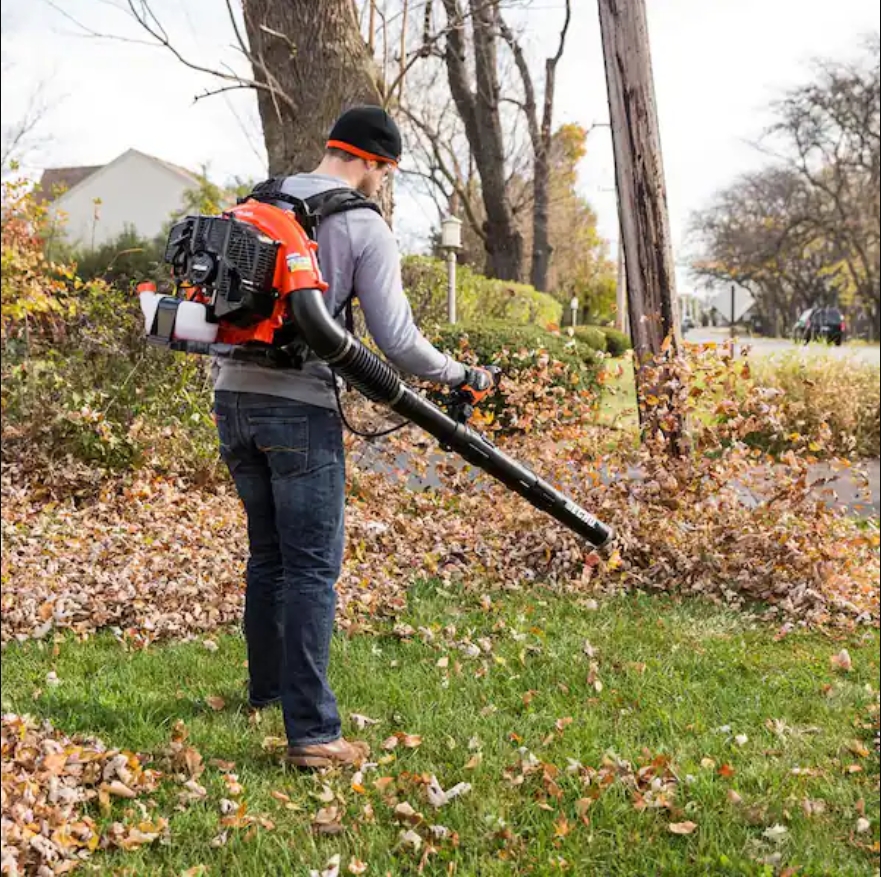
But wait! Resist the urge! Leave the leaf blower in the garage a little longer. Don’t rake the leaves from under your trees and shrubs. Don’t cut down your ornamental grasses and perennials. And don’t turn over the soil in your flower beds just yet. If you can be a bit more patient, the pay-off is enormous!
A lot of important stuff is happening in your yard in early spring, and you really should let it happen undisturbed.
Beneath all those dead leaves, pine needles, and broken twigs littering our yards, the roots of landscape plants are just waking up. Winter debris actually protects roots and tender new growth, providing essential insulation during the transition from winter to spring. Exposing those roots to unpredictable cold snaps and icy winds is asking for trouble. In addition, leaving soil bare only encourages weeds to develop before landscape plants have a chance to leaf out and shade surrounding soil.
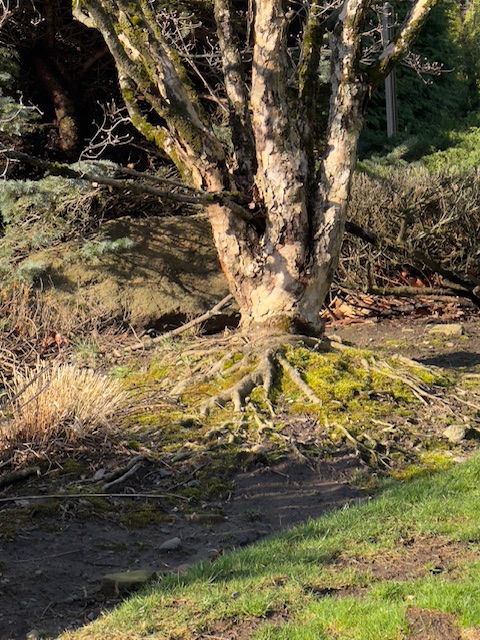
And there are other important things happening under the mess. As the weather gets warmer, butterflies over-wintering in fallen leaves and plant debris begin to emerge. How tragic is it that the prettiest butterflies of early spring are being carted away by lawn crews or left to die in leaf bags at the curb?
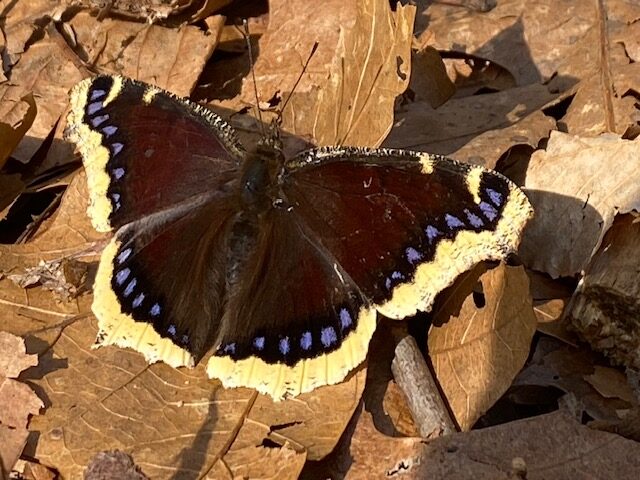
Birds that have survived the winter, or arrived after long migrations, are desperately looking for food in the lean stretch between winter berries and summer insects. As weather warms, caterpillars and other insects hatch in leaf litter where birds scratch around to find them. Clearing those leaves away too early means loss of critical food for birds just when they need it most.
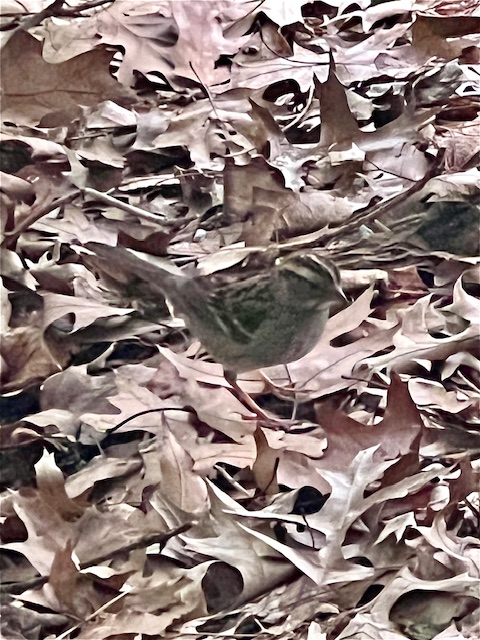
Native bees and fireflies also nest over winter where leaf litter covers the top inch or two of soil. Removing the protective leaf cover too soon exposes them to the cold. Turning over the soil too early destroys the nests, causing the death of essential pollinators, as well as summer’s fireflies.
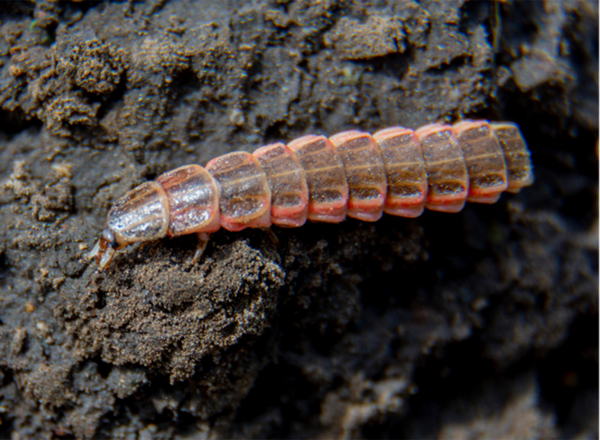
So, what is the right time to begin spring clean-up? There is legitimate debate in ecological gardening circles about this topic. One school of thought is to wait until temperatures are regularly in the 50’s, allowing most ground-dwelling insects to emerge. Others note that many species of valuable insects emerge much later in the season, and some insects that nest in the hollow stems of perennials may even need more than one season to complete their life-cycle. Those experts recommend leaving some portion of un-cut or partially cut flower stems standing from season to season, never cutting all of them to the ground. All experts agree that leaving as many fallen leaves, and as much undisturbed soil, as possible — for as long as possible — increases survival rates of insects and birds.
The best approach is to adopt different clean-up strategies for different habitats. If you have a wooded area, let the leaves stay there indefinitely. “The best place for leaves is under the tree they fell from,” according to Dr. Doug Tallamy. And if you can’t wait to blow or rake dead leaves from hardscape and lawn, simply move them to wooded areas and spread them under trees and shrubs to preserve all of their ecological value on your property. If there are just too many leaves to make that possible, find an area where you can pile leaves loosely until it’s time to compost them. And don’t worry about clearing old leaves away from perennials in wooded shade gardens. After all, native shade plants evolved growing in forests. They have no problem emerging through leaf litter when they’re ready.
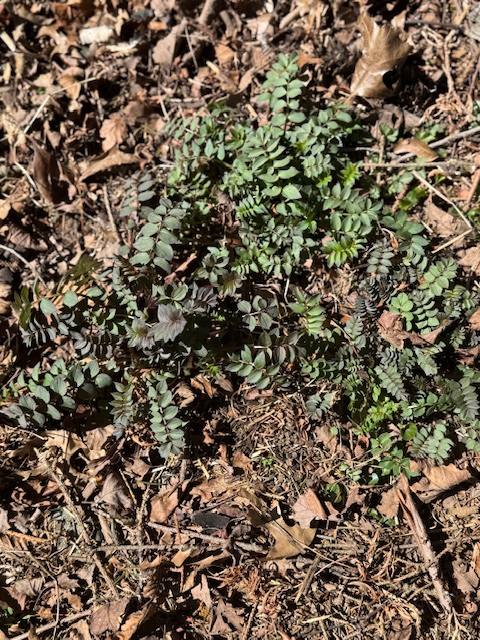
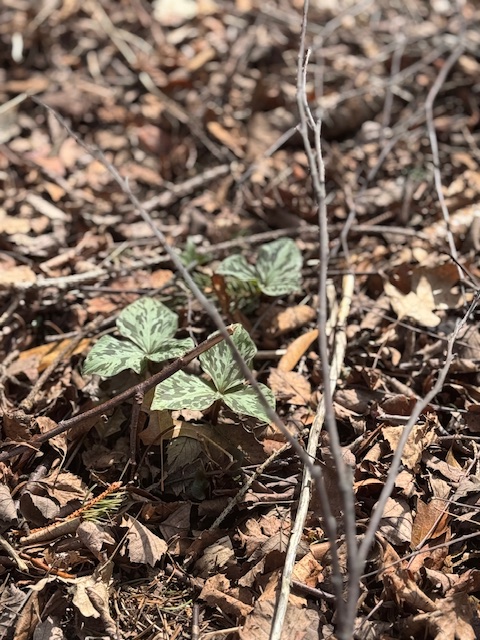

If you have sunny areas where you’ve planted flowering perennials and ornamental grasses, always leave them standing over winter. Then, wait longer than you think you should before cutting them back in the spring. If you wait until mean temperatures are regularly at least 50 degrees, the roots of your plants will be protected from late cold snaps and heavy spring rains, and you will be giving songbirds a better chance to grab the last seeds and earliest emerging insects. Leave a few stems of each perennial, especially the hollow stems, cut a foot or two above ground level, for nesting bees at the end of summer. New growth will soon cover the bare cut stems.
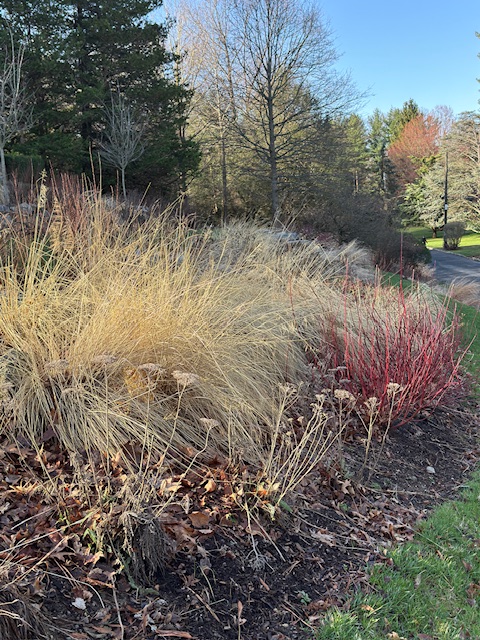
If you find you have too much plant and leaf debris to keep in existing areas of your yard, don’t send it all away. Consider turning part of your lawn into an expanded planting area in the new season. Mark off a new garden bed, add an edger, and pile the plant debris there to smother lawn and enrich the soil for the trees, shrubs, or native perennials you want to add this summer. By the time you’re ready to plant, you’ll have a good head start preparing the new beds.
So, relax for a few more weeks each spring! Thumb through garden catalogues, scout the local native plant sales, and plan your new yard projects for the summer. If you use a professional landscape crew, save a few bucks and tell them to start later. Their work schedule doesn’t have to determine your garden schedule.
We’re all eager for spring. You’ll know it’s here when you start seeing bumblebees buzzing around and realize you haven’t needed a jacket to go outside for a whole week. That’s when spring clean-up season is finally here!

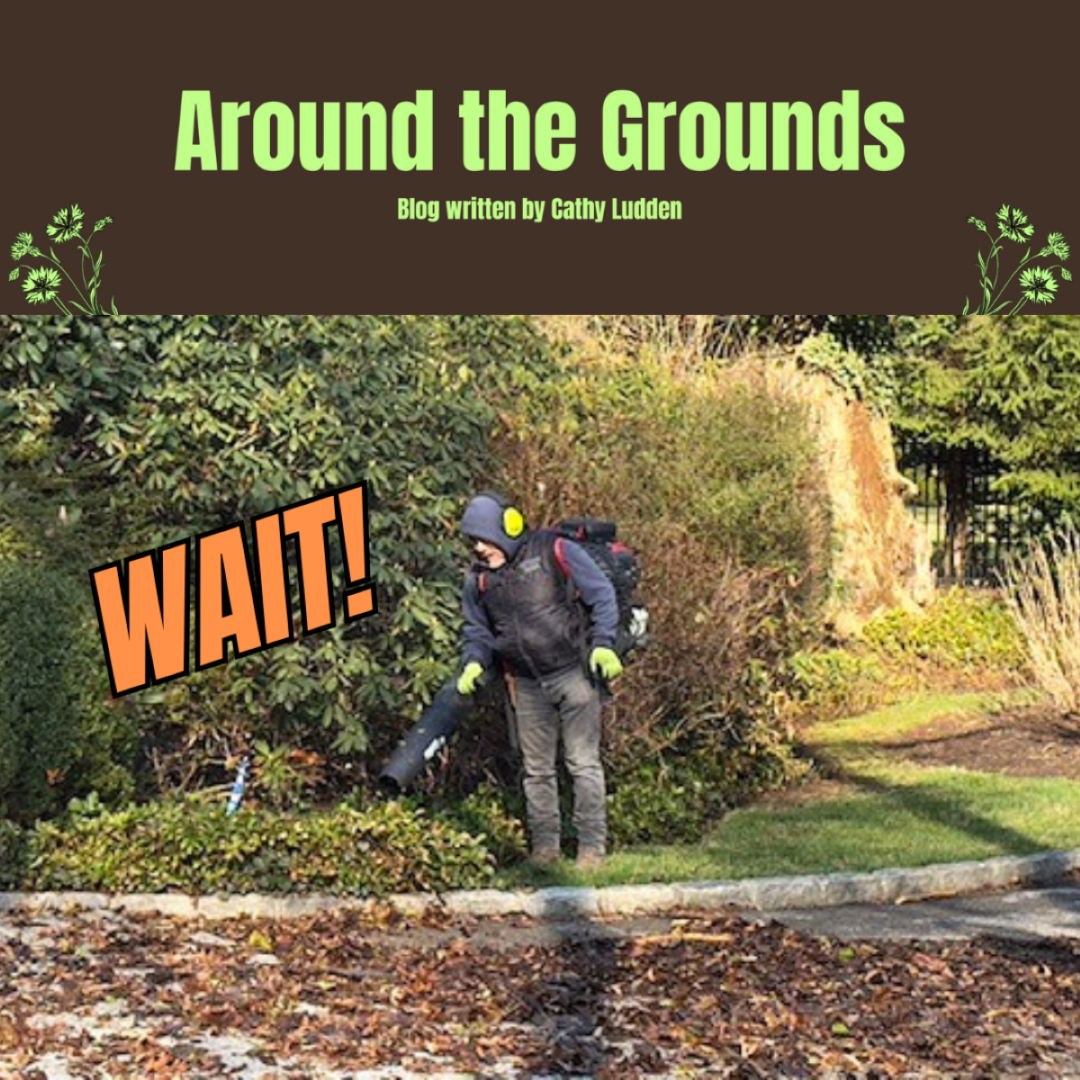
Thank you Cathy. It seems that delaying spring garden clean-up helps protect important local biodiversity.
It definitely does! As I go about my spring planting in the first days of May, I keep interrupting birds pecking through the leaf litter looking for insects. I hope they don’t get all the butterfly and fireflies larvae!
Love everything you said!
If I feel the need to cut down hollow stems, I leave them lying at the back of my beds for some lucky insects to find when they emerge from their winter slumber. They soon become hidden by plants growing taller in front of them.
Also, I have a large garbage pail of leaves from my driveway that I mulched with my mower last fall … I keep them dry in the garage all winter, and will soon use them as a fancy top dressing on selective beds, along with flower petals i have been saving!
Hi, Lynne! Those are all good strategies. I try to keep all the stuff we clean up on the property in one form or another for one use or another. No need to send valuable leaves, flower stems, and twigs away. Invasive weeds, however, go in the garbage or get toasted on the asphalt driveway and then thrown away. And they are starting to show up. Actually easier to notice them now as they tend to green up first!
Thank you for this. My question is if I leave the leaves all summer long can I just add my organic compost/mulch combo on top of the leaves? Or do I need to brush leaves away. I’ve never kept leaves all summer long but I don’t have a lot and having mulch on top but would be less work. I’d love to know your thoughts. Thanks!
Good question! In a wooded area, or under trees and shrubs, if you just allow leaves to stay and break down over the years, you won’t need to add compost or mulch. The leaves will BECOME both compost and mulch naturally. If you have only a thin layer of leaves now, you can go ahead and put compost and mulch on top, or mix it together as you go along. In a bed of perennials, you may want to lighten the load of old stems and leaves by breaking them up or chopping them up and returning it all to the beds once the weather has warmed enough to allow insects to emerge. The old debris can serve as compost and mulch, but you do want to keep heavy organic matter from holding excess moisture around the growing crown of perennials, which can cause rot. Wood bark mulch is actually the worst culprit in perennial beds — it’s just too heavy if it is choked up tightly around the crown of the perennials and can weaken them over a season or two.
Thank you so much for this helpful advice!
Thank you, thank you. It’s so tempting to “get out there” but this is the proof I needed to be careful and wait, and urge the wonderful helper I live with to do likewise. GG
Excellent advice! Thank you
This excellent and right to the point!
Thank you, Sandy! I’m struggling to hold off cleaning up my own garden — it’s hard to wait!
This is such important information. And thank you for addressing my questions. Your writing is so lovely, it’s poetic!